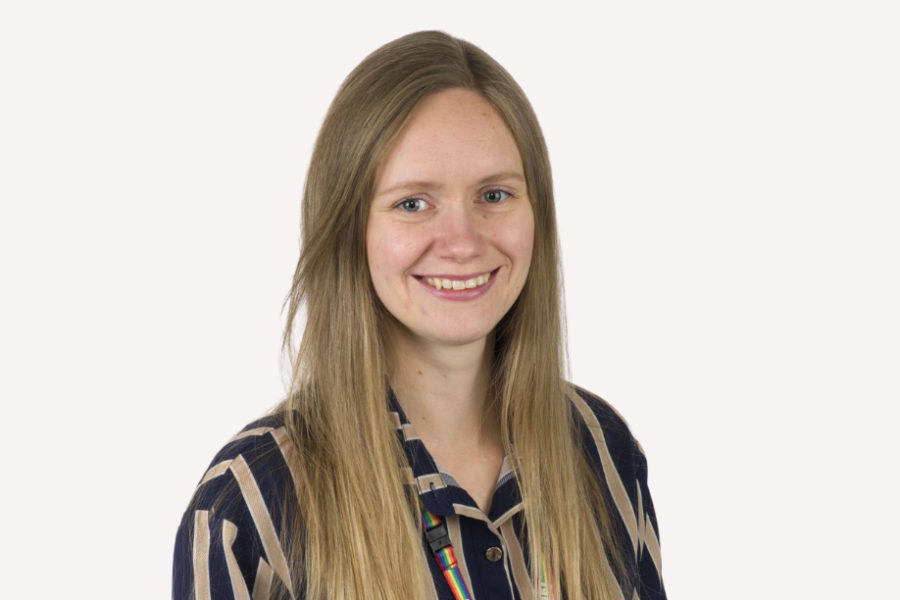
More than 1,000 healthcare science professionals work across a range of services at UHL. Often working in the background, their expertise plays a crucial role in patient care. Charlotte explains more about her role in this question and answer article.
Can you describe more about your role?
“I work in the Leicester Radiation Safety Service (LRSS), which is part of medical physics within the Clinical Support and Imaging (CSI) clinical management group at UHL.”
What does a day in the life of your role look like?
“I work within a dedicated team, which includes a clinical scientist and a non-ionising radiation specialist, to provide scientific and technical support across a range of clinical services. The services we support vary from diagnostic magnetic resonance imaging (MRI) and ultrasound imaging, to optical-based treatments using UV light and lasers.
“Due to the diversity of my role, each day can be very different and provide its own exciting challenges. A typical day may begin with a visit to the obstetric department to carry out quality assurance (QA) testing of their ultrasound scanners – are the scanners accurately forming an image of what is being measured? This is important to ensure that patients are receiving the correct diagnosis.
“Following ultrasound QA testing, we visit the ophthalmology department to carry out a safety audit of an area being used for laser eye surgery – what are the risks involved with using a class 4 laser and how have these been mitigated within the surgical room? Feeding back the results of our audit to staff working within the department will help to improve safe methods of practice.
“After lunch, we visit the MRI department to set-up or optimise some new MRI pulse sequences. Optimisation of sequences is an important part of our role, as it can improve the quality of the images produced using an MRI scanner. It can also reduce the amount of time required for scanning the patient, which is critical for patient flow.”
What do you enjoy most about your role?
“I very much enjoy the diversity of the tasks within my role because no day at work is the same. I enjoy the opportunities that my role presents to carry out research due to the fast pace that technology is developing within my area.”
What was your career path to the position you are in now?
“I studied Physics at Cardiff University, before moving to the University of Manchester to undertake an experimental PhD in nanotechnology. Prior to my role as a trainee healthcare scientist, I worked at the University of Manchester as a research associate, investigating and optimising the properties of nano-magnetic materials for technologies within science, security, and medicine.”
What is your biggest achievement to date?
“Within my role as a trainee healthcare scientist, my biggest achievement so far has been successfully undertaking MRI acceptance testing. This was a significant task for our team which involved imaging a tissue-mimicking test-object with multiple MRI scanner settings, over a time-pressured period. I helped with imaging, and analysed the images following acquisition to ensure that the MRI scanner was performing at the expected level. This was a great achievement for me because I was able to contribute well within the team, despite being in the early stages of my training.”